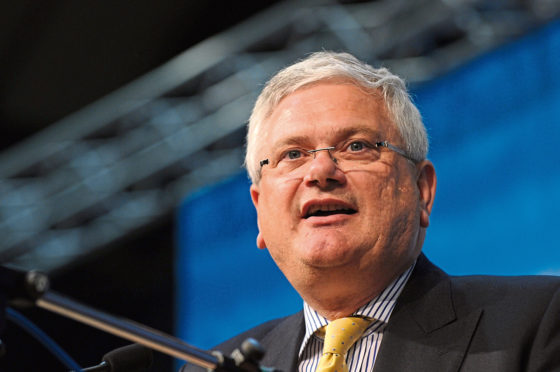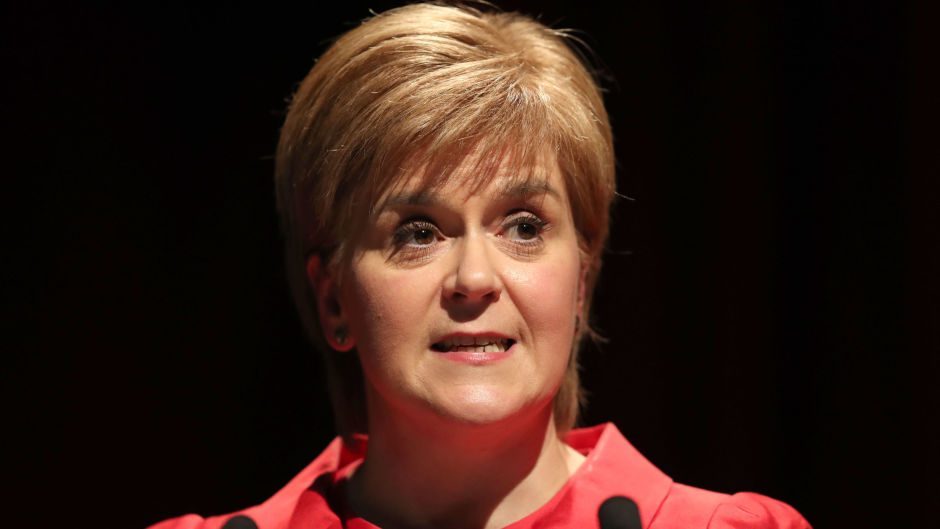The Scottish Government has no record of how many people have brought coronavirus into Scotland since quarantine restrictions were first introduced, it has been revealed.
Health secretary Jeane Freeman confirmed the information is “not held” by ministers, despite instructions for people to self-isolate after returning from a number of high-risk destinations being in place since June 8.
Scientists have been using “next generation sequencing technology”, which identifies subtle molecular differences between strands of the virus, to establish the source of early introductions of the virus into Scotland.
However, opposition politicians have raised concerns about the level of knowledge around potentially infectious passengers arriving more recently.
According to official statistics, provided by Ms Freeman in response to a parliamentary question by North East Liberal Democrat MSP Mike Rumbles, just 6.8% of people required to quarantine after returning home have been contacted by health officials.
It is not known how many, if any, of the 36,826 people known to have travelled into the country between June 22 – the earliest available date for passenger data – and August 15 contracted the virus before arriving.
Mr Rumbles said: “I’m appalled that the Scottish Government would introduce strict quarantine rules on travellers and then not even bother to monitor if people are bringing the virus into the country. What a waste of time.
“How are ministers meant to know if their measures are having any impact at all or which countries pose a danger if they don’t hold these numbers? It beggars belief.
“I’m convinced that this Scottish Government has no clue about how to manage the easing of lockdown while protecting both people’s lives and livelihoods.”
Public Health Scotland‘s Covid-19 statistics report will include for the first time on August 19 data on the number of people arriving in Scotland from outside the UK, the number required to quarantine and those contacted by government tracers.
Ms Freeman admitted early last month that no checks had yet been carried out on whether individuals arriving in Scotland from abroad had been abiding by quarantine rules because of a delay in accessing Home Office systems.
Public Health Scotland now receives the contact details of any passengers identified as requiring to self-isolate as part of an agreement with the Home Office.
The body then selects a random sample of quarantined passengers to contact with public health advice and information.
Official records show 2,498 successful contacts have been made since June 22, with a further 430 in progress, and 11,000 emails have been sent with additional public health guidance in relation to quarantine and self-isolation.
Nicola Sturgeon was challenged on the issue at the Scottish Government’s daily coronavirus briefing on Thursday.
The first minister said genomic sequencing work had provided insight into the number of importations of the virus into Scotland between February and March.
“Some of this is not quite as straightforward as you might think,” Ms Sturgeon said.
“We obviously look at cases very closely on a daily basis, so there will be intelligence being gathered on whether people who have cases have had recent travel history.
“But you cannot then make an automatic assumption that somebody who was, for argument’s sake, in Spain a few weeks ago and is now in Scotland with the virus, brought it here from Spain. They may have picked it up here.”
“And that’s where the genomic sequencing work is an important part of robustly validating that kind of information.
“We will always look at the information that can be reliably made available from the daily work that Public Health Scotland do looking at cases but the question of where someone got coronavirus sometimes needs more scientific explanation.”



